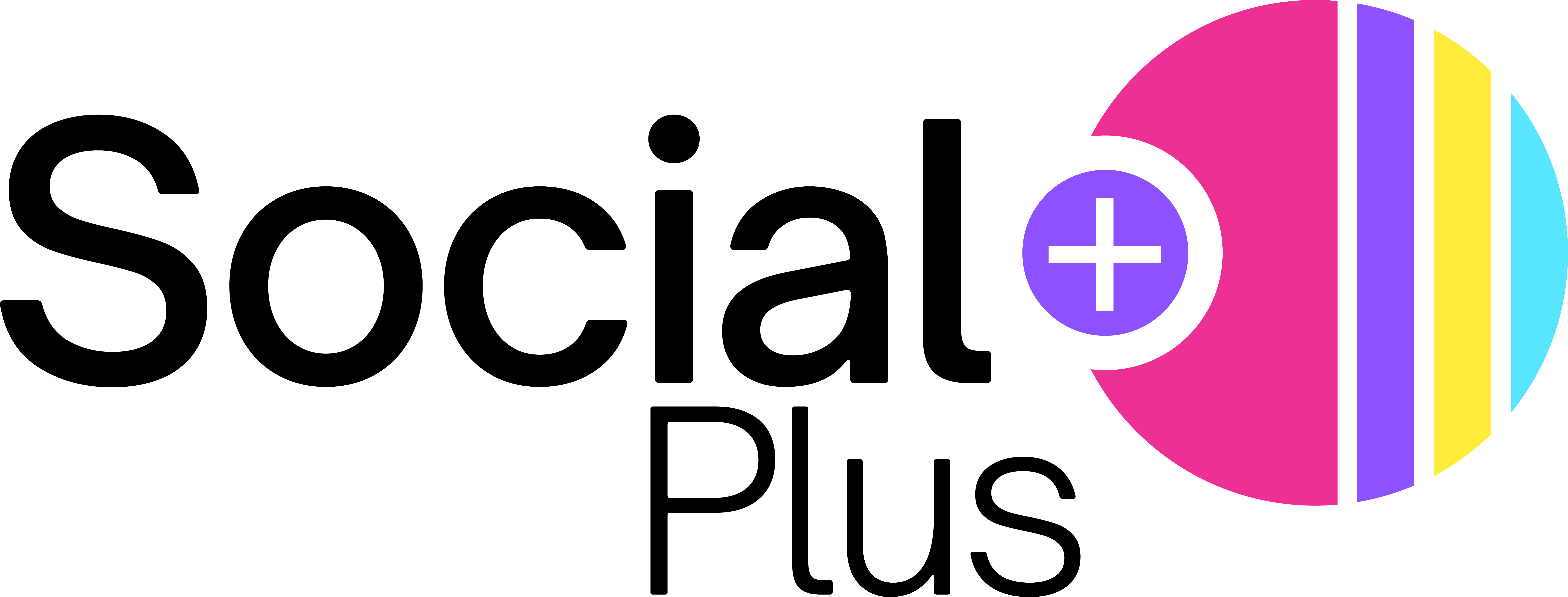Maximise ROI with PPC: Strategies for Successful Campaigns
In the dynamic world of digital marketing, pay-per-click (PPC) advertising has emerged as a powerful tool for businesses looking to drive targeted traffic and achieve a strong return on investment (ROI).
PPC offers the unique advantage of immediate visibility, measurable results, and precise audience targeting. However, to truly capitalise on its potential, businesses need to deploy effective strategies that can help maximise their ROI.
In this blog, we will delve into the world of PPC and explore some proven strategies that can lead to a substantial boost in ROI.
Understanding PPC and ROI
Pay-Per-Click advertising entails placing ads on search engines and various other platforms; the business incurs a fee every time someone clicks their Ad.
ROI, on the other hand, represents a critical metric that gauges the profitability of an investment. In the context of PPC, you calculate ROI by comparing the revenue generated from the PPC campaign to the total campaign cost.
A positive ROI indicates that the campaign yields a profit, while a negative ROI indicates the need for adjustments to increase cost-effectiveness. These adjustments may involve modifying the keywords you bid on to reduce the cost per click
So, what are some effective strategies to Maximise ROI with PPC?
Thorough keyword research
The foundation of any successful PPC campaign is comprehensive keyword research. Identifying keywords that are relevant to your business, products, or services is a key part of this. As a digital marketing agency we have access to specialist tools to help us find the best keywords for your campaign.
Segmentation and Targeting
Not all customers are the same. Create segmented ad groups that focus on specific demographics, geographic locations, or buying intentions. After creating groups we then tailor your ad copy and landing pages to resonate with each segment, increasing the likelihood of conversions. Segmenting your audience can be one of the most influential strategies you can adopt in both Digital marketing and PPC.
Compelling Ad Copy
Your ad copy needs to be engaging, concise, and convey the value proposition clearly. Highlight the benefits of your product or service and include a call-to-action (CTA) that prompts users to click through. A strong concise CTA is often more effective at engaging potential customers and can help you maximise ROI with PPC.
Negative Keyword Management
Regularly review and refine your list of negative keywords. These are keywords that trigger your ads but aren’t relevant to your business. By excluding irrelevant searches, you can save budget and ensure your ads are seen by the right audience. Regularly excluding negative keywords can help push your favoured ones increasing clickthrough.
A/B Testing
A/B testing refers to experimenting with two or more variants of your Ads which are shown to users at random. Statistical analysis is then used to determine which version performs better for a given goal. Continuously test different elements of your ads, such as headlines, ad copy, and CTAs. A/B testing allows you to identify what resonates best with your audience and refine your campaigns accordingly. This is an advanced technique that digital marketing firms such as ourselves would perform, it is time consuming but can be highly effective.
Ready to get started on maximising your ROI with PPC
Maximising ROI with PPC demands a strategic approach that combines thorough research, precise targeting, persuasive ad content, and continuous optimization.
By implementing these strategies, your business can not only drive quality traffic but also attempt to maximise ROI with PPC campaigns.
Setting up and managing an optimised Pay-Per-Click Advertising campaign can be a difficult task.
Here at Social+, we design, research, create, and optimise PPC campaigns to help your business gain an edge over the competition.
If you want to find out more about our PPC services click here or get in touch with us here!
Additionally, why not take a look at our socials to see what we’re about – Facebook, Instagram, and LinkedIn.


Recent Comments